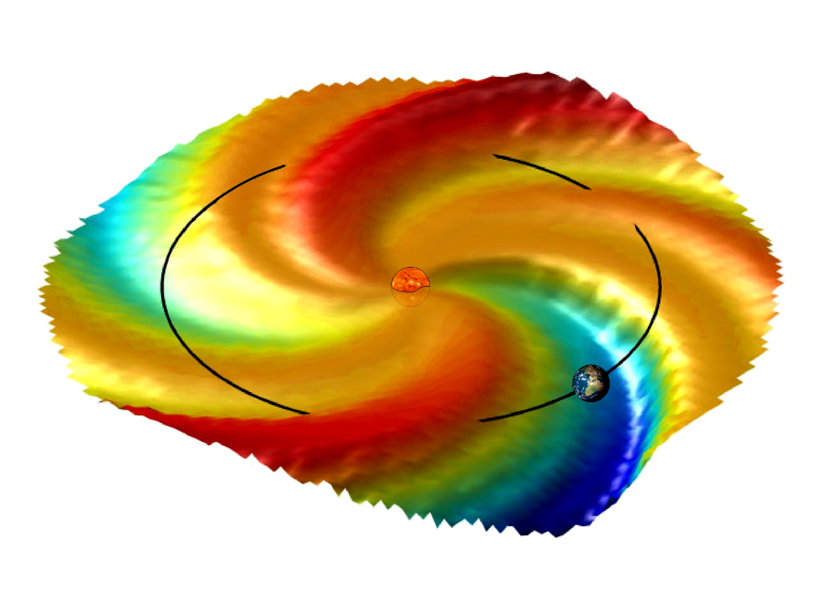Gas in rocky pores beneath the surface of California's Mammoth Mountain could fuel dangerous carbon dioxide emissions for the next 28 to 1100 years.
Sarah Stanley
Sarah Stanley, a freelance writer for Eos, has a background in environmental microbiology but covers a wide range of science stories for a variety of audiences. She has also written for PLOS, the University of Washington, Kaiser Permanente, Stanford Medicine, Gladstone Institutes, and Cancer Commons, a nonprofit that works with cancer patients.
Radar Technique Shows Magma Flow in 2014 Cape Verde Eruption
The European Space Agency's Sentinel-1 satellite captures volcanic surface changes that reveal the flow below.
Could Thinning of High Clouds Combat Climate Change?
A climate engineering technique that lets more heat escape from the atmosphere could avoid water cycle suppression associated with other radiation management approaches.
How Climate Change Impacts Clouds' Ability to Cool Earth
Understanding the small-scale processes underlying mixed-phase clouds' response to climate change will help scientists strengthen climate models.
Sun's Magnetic Field Impacts Earth's Thunderstorms
Lightning strikes are more frequent when Earth encounters a polarity switch in the solar magnetic field.
Climate Models Predict Diverse Arctic Ocean Shipping Routes
As ice melts, multiple models yield more detailed route predictions than any single model alone.
Tracking Long-Term Changes in Global Sea Level Extremes
Large-scale climate change may drive trends in extreme sea level events.
Simulating Tidal Flow and Mixing at Steep Submarine Slopes
A new three-dimensional model of tide-driven flow over the continental slope could enhance understanding of global ocean circulation.
Early Agriculture Has Kept Earth Warm for Millennia
Ice core data, archeological evidence, and other studies suggest humans had a significant influence on Earth's preindustrial climate.
Microbes Make a Quick Meal of Methane in a Submarine Canyon
Scientists track the fate of methane released by hydrates in a major canyon off the U.S. East Coast.







